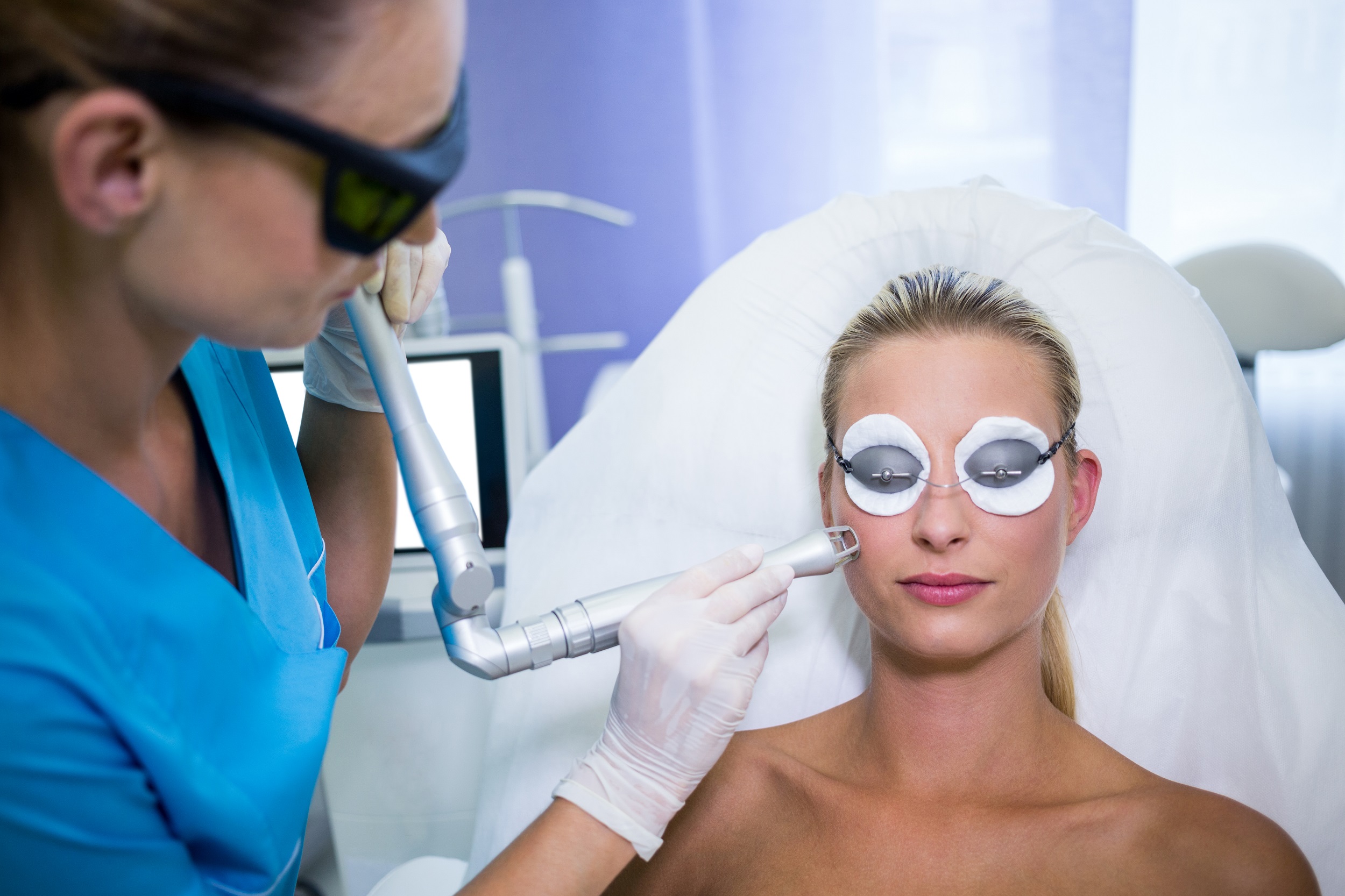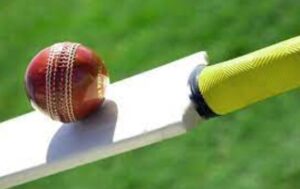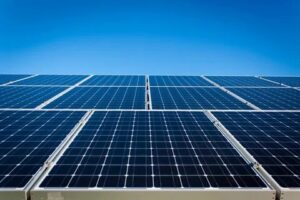Laser Skin Resurfacing: The Ultimate Guide to Reversing Skin Damage
In today’s world, clear, youthful skin is a symbol of health and vitality. However, skin damage is almost inevitable due to factors such as aging, sun exposure, acne, and environmental stressors. For those seeking to reverse skin damage and restore their skin’s natural glow, laser skin resurfacing has become a popular and effective solution. This advanced cosmetic treatment can target various skin concerns, from wrinkles to pigmentation issues, all while promoting collagen production for healthier, more youthful skin.
In this ultimate guide, we’ll delve deep into the science behind laser skin resurfacing, the different types of treatments available, the benefits, the procedure process, and what to expect post-treatment. Whether you’re considering laser skin resurfacing for the first time or looking to deepen your understanding, this article will help you make an informed decision.
What is Laser Skin Resurfacing?
Laser skin resurfacing is a non-invasive cosmetic procedure that uses focused laser technology to improve the appearance and texture of your skin. The laser works by targeting the outermost layers of the skin to remove damaged cells, revealing smoother, clearer skin underneath. The treatment also stimulates the skin’s natural healing process, promoting the production of new collagen and elastin, essential proteins that keep the skin firm and youthful.
Laser resurfacing is commonly used to treat various skin issues, including:
- Fine lines and wrinkles
- Sunspots and hyperpigmentation
- Acne scars
- Uneven skin tone or texture
- Enlarged pores
Laser skin resurfacing is suitable for most skin types and tones. However, it’s essential to consult with a qualified dermatologist or licensed practitioner to determine if the treatment is appropriate for your specific skin concerns.
Types of Laser Skin Resurfacing
There are different types of laser skin resurfacing treatments, each designed to address specific skin concerns. The two primary types of laser resurfacing are:
1. Ablative Laser Resurfacing
Ablative laser resurfacing involves the use of high-energy lasers to remove the outer layers of the skin. This method is highly effective for treating deeper skin imperfections, such as wrinkles, acne scars, and sun damage. The most common types of ablative lasers used for resurfacing include:
- CO2 Lasers: Carbon dioxide (CO2) lasers are used for deeper resurfacing treatments. They remove layers of damaged skin and stimulate collagen production, resulting in smoother, tighter skin. CO2 lasers are effective for treating severe skin issues like deep wrinkles, acne scars, and age spots.
- Erbium Lasers: Erbium lasers target the upper layers of the skin, offering more precise resurfacing with less downtime than CO2 lasers. This type of laser is suitable for treating fine lines, mild wrinkles, and light skin discoloration.
Ablative laser resurfacing typically requires a longer recovery period, as it involves removing the outer layers of skin. However, the results are often dramatic and long-lasting.
2. Non-Ablative Laser Resurfacing
Non-ablative lasers are designed to treat the skin without removing any layers. These lasers work by heating the skin beneath the surface, stimulating collagen production and improving skin texture and tone. Non-ablative lasers are often used for more superficial skin issues such as fine lines, pigmentation, and sun damage. Common types of non-ablative lasers include:
- Fractional CO2 Lasers: Fractional lasers are a type of non-ablative laser that works by creating tiny “microthermal zones” in the skin, allowing for faster healing while improving skin texture and tone. This type of laser is suitable for mild to moderate skin damage and offers less downtime compared to ablative lasers.
- Pulsed Dye Lasers (PDL): These lasers are often used to treat redness, rosacea, and blood vessels. They target blood vessels under the skin without affecting the outer layers, making them ideal for sensitive skin.
Non-ablative lasers have a shorter recovery period and are typically less invasive than ablative lasers, but they may require multiple sessions to achieve optimal results.
The Benefits of Laser Skin Resurfacing
Laser skin resurfacing offers numerous benefits, making it one of the most sought-after cosmetic treatments. Some of the key advantages include:
1. Improved Skin Texture and Tone
By removing the damaged outer layers of the skin, laser resurfacing helps to improve the overall texture and tone. It can reduce the appearance of fine lines, wrinkles, and pigmentation, resulting in smoother, more even skin.
2. Stimulates Collagen Production
One of the most significant benefits of laser skin resurfacing is its ability to stimulate collagen production. Collagen is a vital protein that provides structure, firmness, and elasticity to the skin. As we age, collagen production decreases, leading to sagging and fine lines. By stimulating collagen production, laser resurfacing can help restore a youthful appearance.
3. Minimally Invasive
Unlike traditional surgical procedures, laser resurfacing is non-invasive, meaning there are no cuts or incisions involved. The procedure is typically performed under local anesthesia, and the recovery time is minimal compared to more invasive treatments.
4. Long-Lasting Results
With proper care, the results of laser skin resurfacing can last for years. While the treatment doesn’t stop the natural aging process, it can significantly improve the appearance of the skin, delaying the need for future treatments.
5. Minimal Downtime
The recovery time for laser skin resurfacing varies depending on the type of laser used and the depth of treatment. Non-ablative lasers generally have little to no downtime, while ablative lasers may require a few weeks for the skin to fully heal. However, in most cases, patients can return to normal activities after a few days to a week, depending on the extent of the procedure.
The Laser Skin Resurfacing Procedure
The procedure for laser skin resurfacing typically involves the following steps:
- Consultation: A consultation with a qualified dermatologist or cosmetic surgeon is the first step in the process. During this meeting, your practitioner will evaluate your skin, discuss your concerns, and recommend the most appropriate treatment for your needs.
- Preparation: Before the procedure, the treatment area will be cleansed, and a topical anesthetic or numbing cream may be applied to minimize discomfort. For more extensive treatments, local anesthesia or sedation may be used.
- Treatment: The laser will be directed at the targeted areas of the skin. The procedure may take anywhere from 30 minutes to an hour, depending on the size of the treatment area and the type of laser used.
- Post-Treatment Care: After the procedure, you may experience some redness, swelling, and peeling. Your practitioner will provide instructions on how to care for your skin during the healing process, which may include applying soothing creams or ointments and avoiding sun exposure.
Aftercare and Recovery
After laser skin resurfacing, it’s essential to follow your practitioner’s aftercare instructions to ensure optimal results and minimize complications. Some general tips include:
- Keep the Skin Moisturized: Applying prescribed creams or ointments will help keep the skin hydrated and promote healing.
- Avoid Sun Exposure: Your skin will be more sensitive to sunlight after treatment, so it’s crucial to avoid sun exposure and wear sunscreen with a high SPF.
- Follow-Up Appointments: You may need to schedule follow-up visits to monitor your healing progress and assess the results.
- Patience: The healing process takes time. While you may notice improvements immediately, the full results can take several months to become visible as collagen production increases.
Is Laser Skin Resurfacing Right for You?
Laser skin resurfacing is a versatile treatment that can address various skin concerns, but it’s essential to determine if it’s right for you. Ideal candidates include those who:
- Have visible signs of aging, such as fine lines, wrinkles, or age spots
- Struggle with acne scars or other skin texture issues
- Want a non-invasive alternative to surgery
- Are in good overall health and have realistic expectations
If you are considering laser skin resurfacing, consult with a qualified dermatologist or cosmetic surgeon to discuss your options and determine the best treatment plan for your skin type and goals.
Conclusion
Laser skin resurfacing is a revolutionary treatment that offers significant improvements in the appearance and texture of the skin. Whether you are looking to reduce wrinkles, treat acne scars, or even out your skin tone, laser resurfacing can help restore your skin’s youthful glow. With various laser options available, there is a solution for everyone, from mild skin issues to more severe damage.
If you’re considering laser skin resurfacing, it’s crucial to consult with a skilled practitioner who can guide you through the process and ensure the best possible results. With the right treatment, you can turn back the clock on your skin and enjoy smoother, clearer, and more youthful skin for years to come.














Post Comment